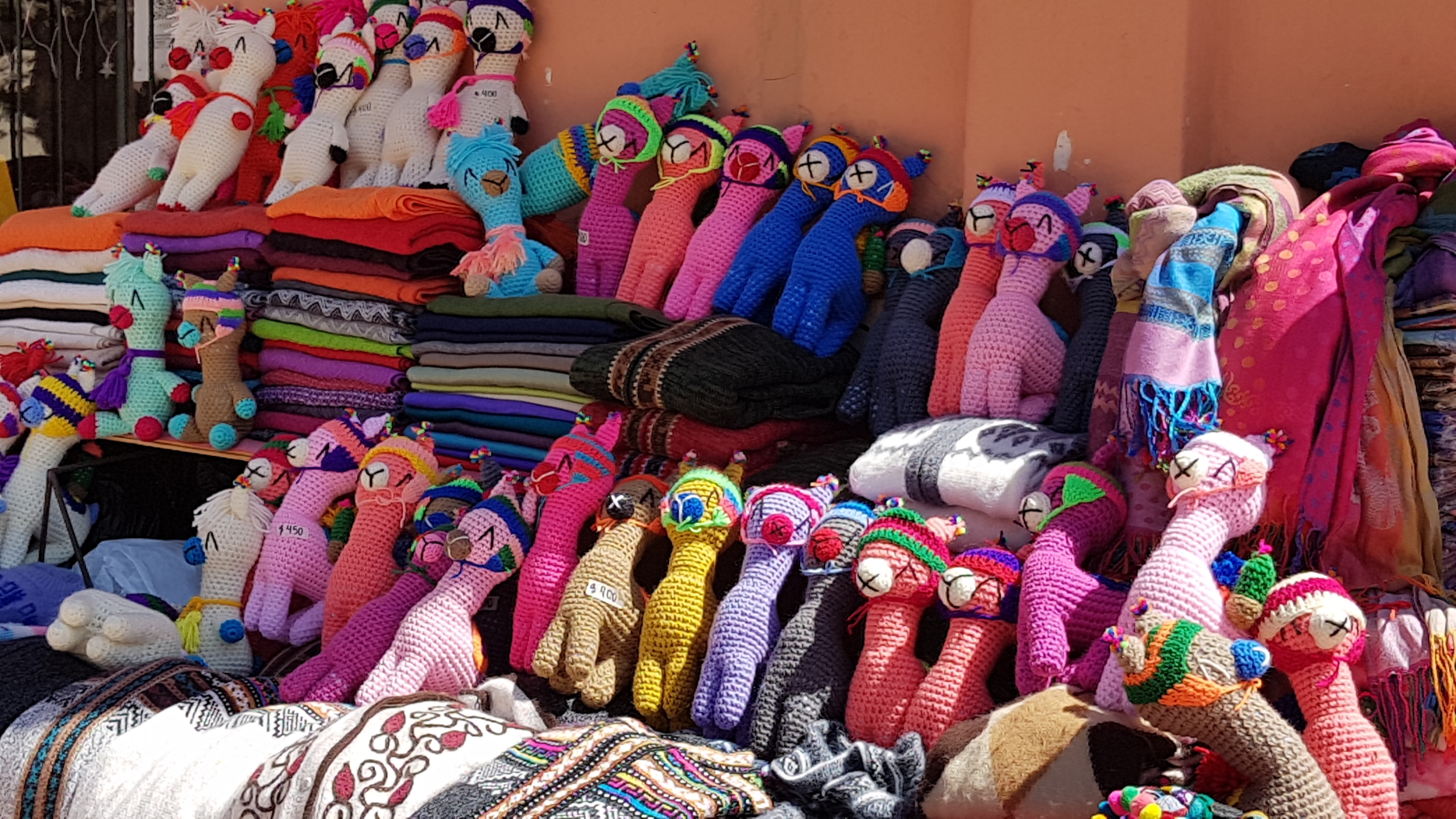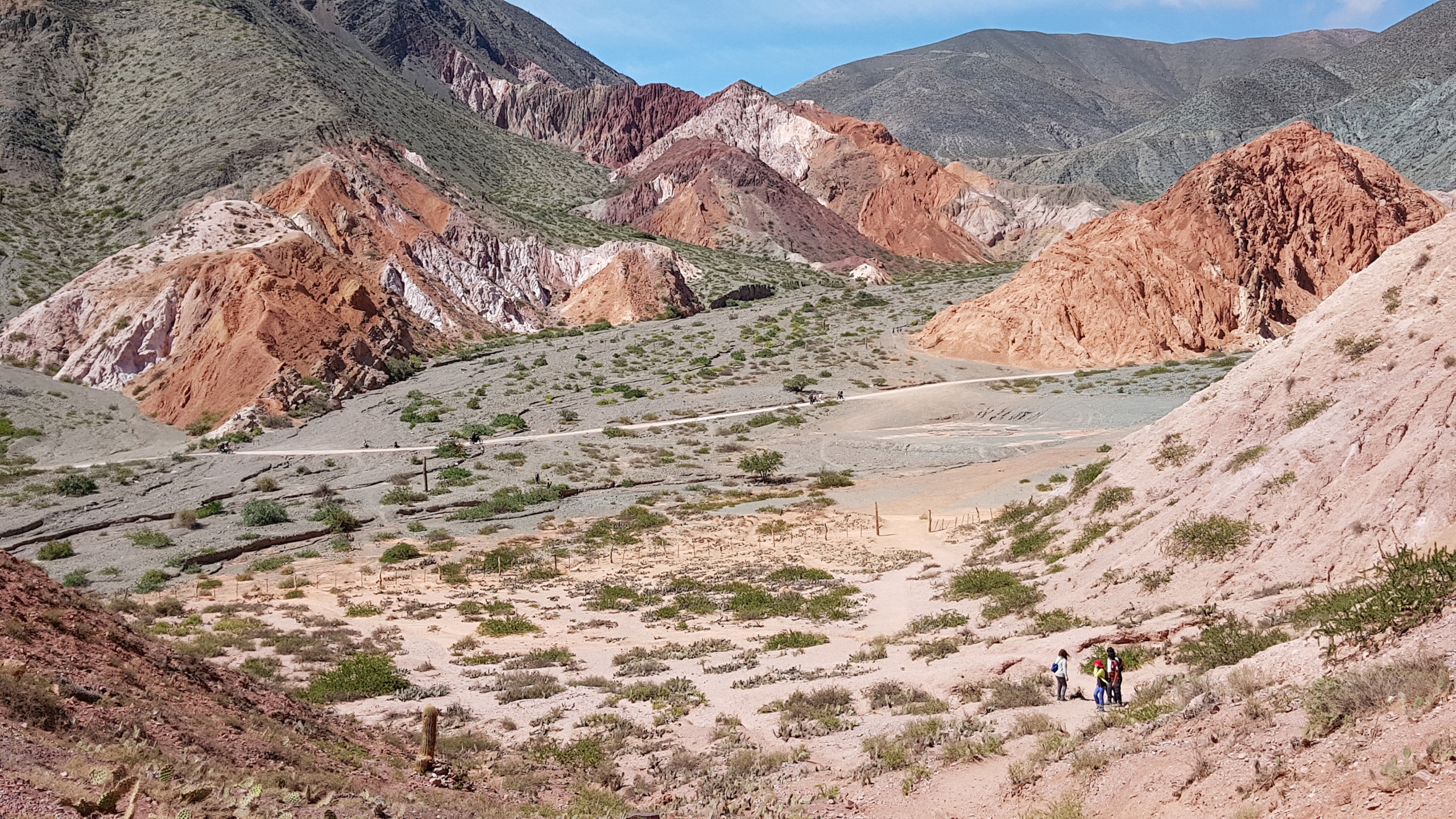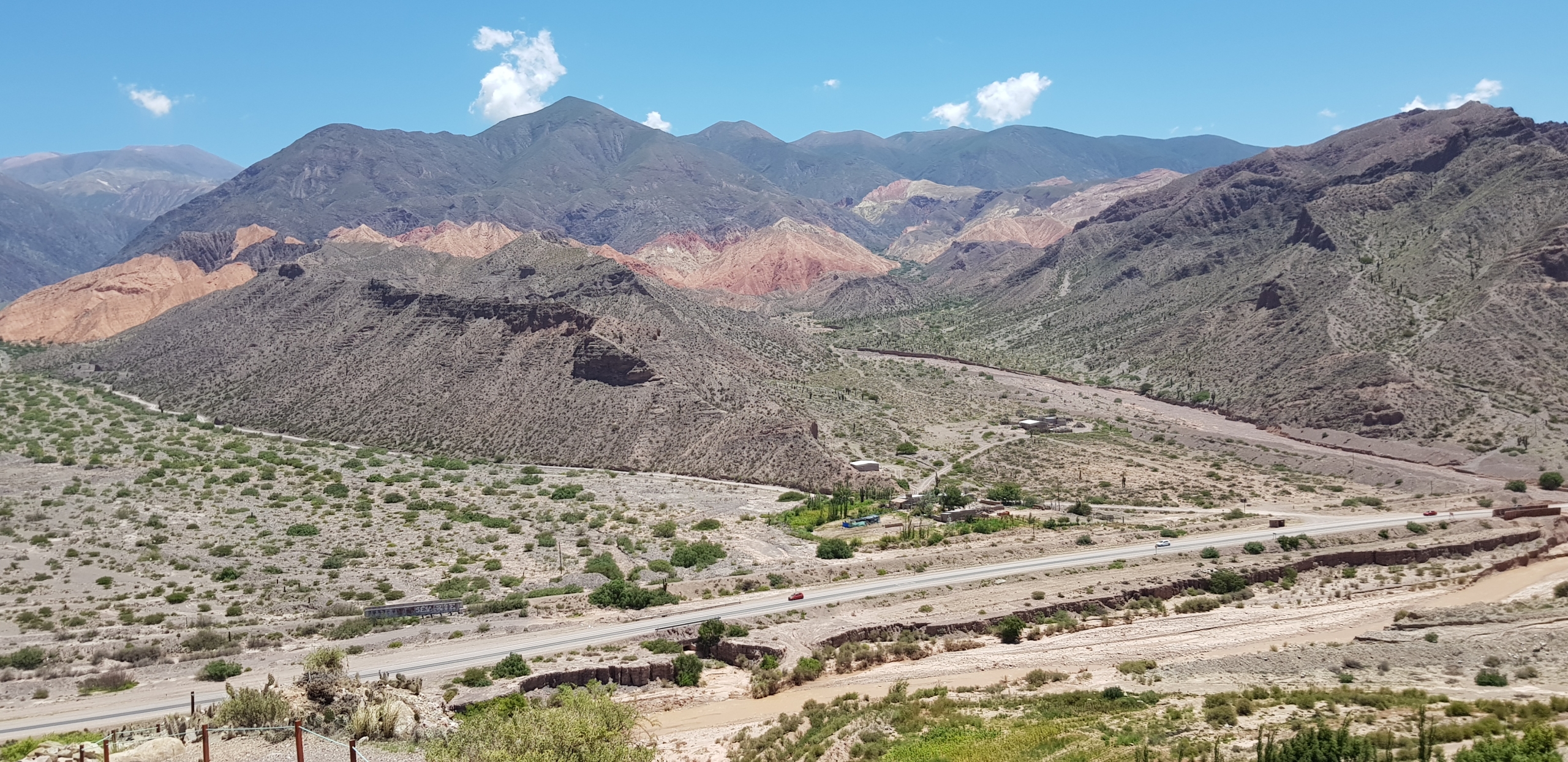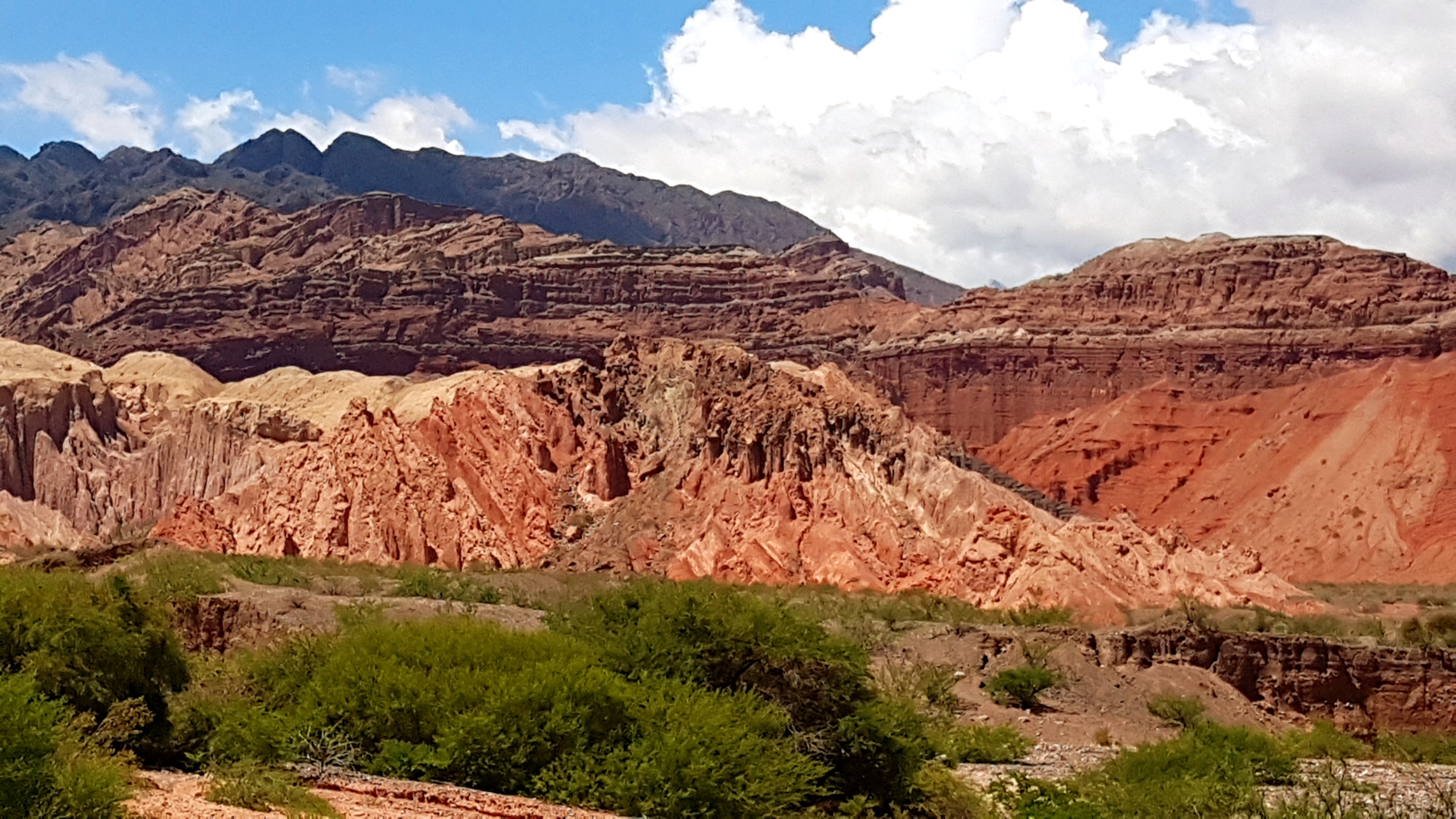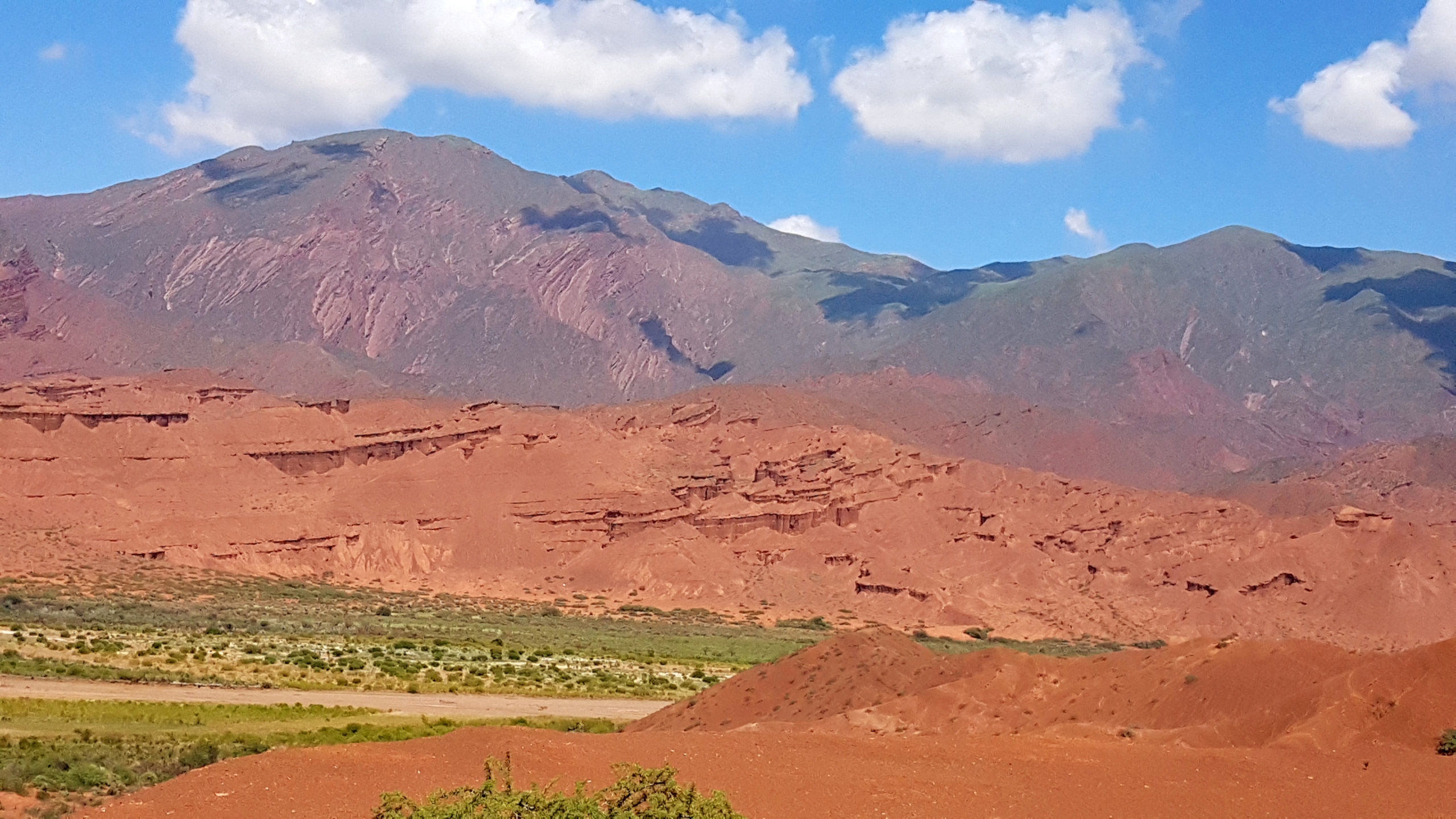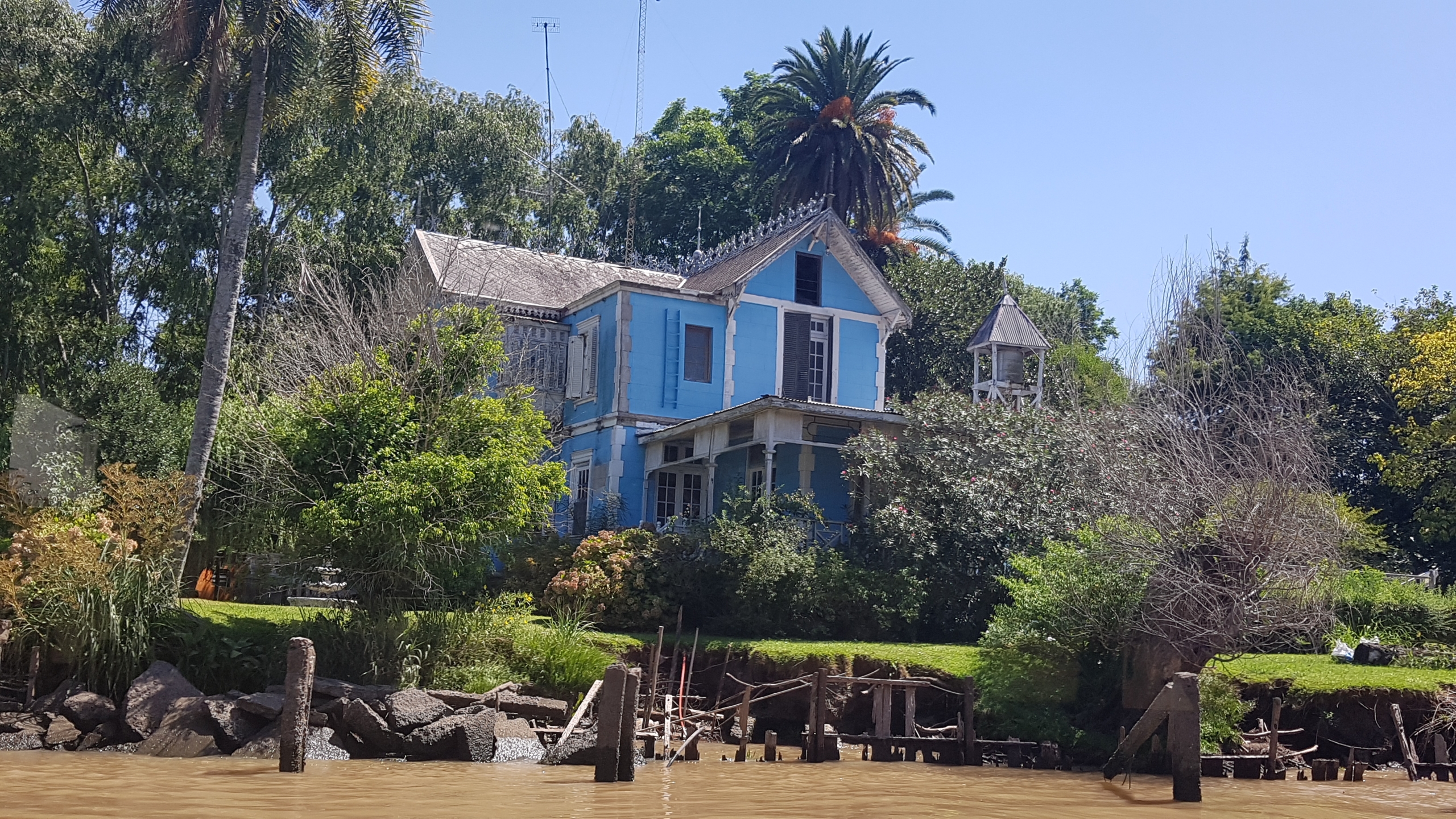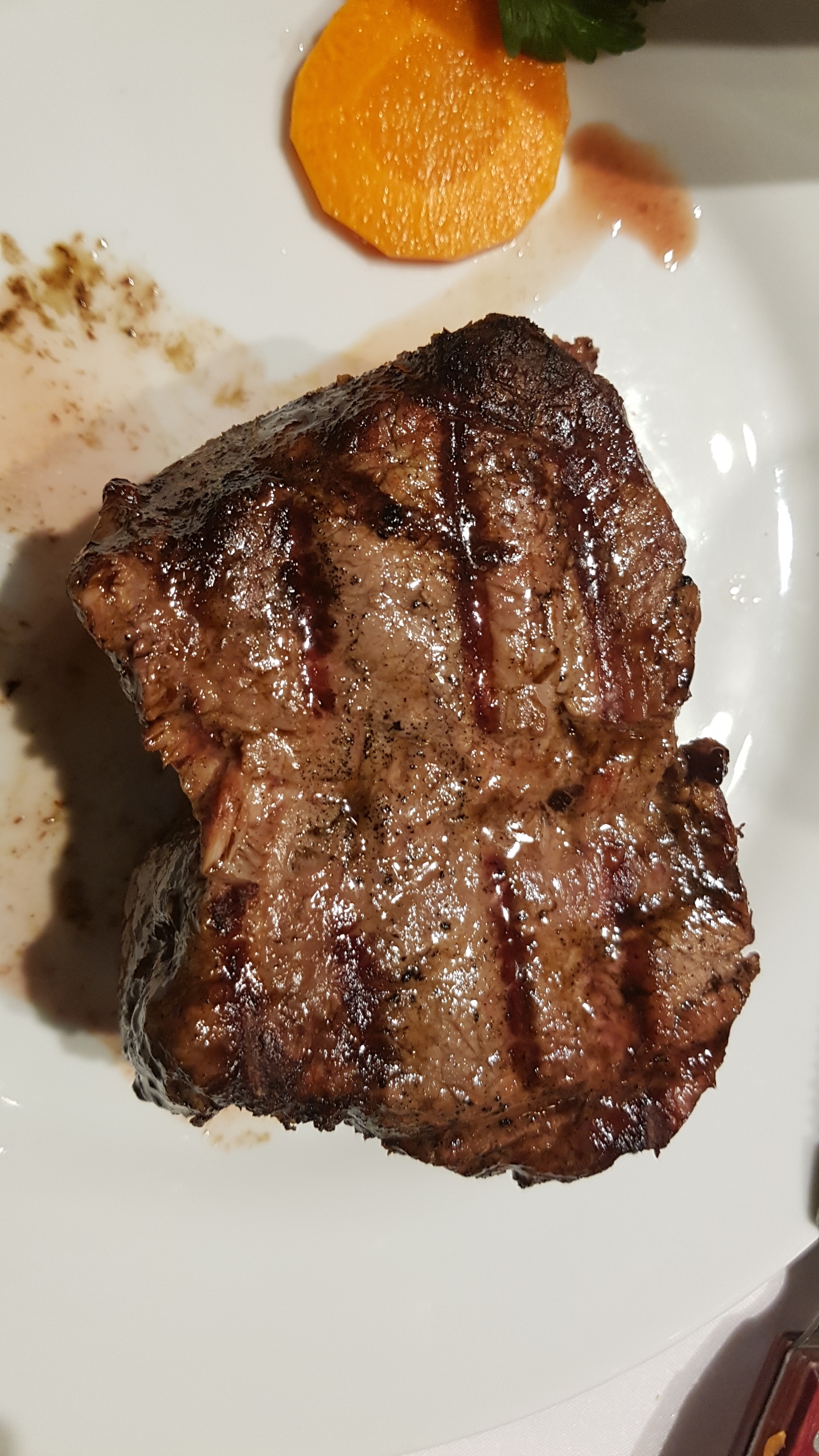On February 23rd we left Chile after more than six weeks and drove in an 11-hour bus ride across the Andes to Salta in Argentina. We had booked a Cama bus in which you can make the seats flat and lie down and were served during the journey like on the plane with drinks and cookies. Gorgeous!
Salta also called Salta la Linda (Salta, the beautiful) is with approx. half a million inhabitants the eighth largest city of Argentina and we must confess that we did not know Salta before this trip. It is one of the most popular travel destinations in Argentina, especially because of its well-preserved old town with Spanish colonial architecture, in which harmony with the old buildings was also taken care of in new buildings, and as a starting point for tours in the very charming surroundings.
The high number of beautiful colonial buildings and their impeccable condition go back to a law according to which buildings in the center of the city, which correspond to the Spanish colonial style, are favored for tax.
During a city walk we admired : the church Sa Francisco with many columns and colorful tower and the cozy cafe near the still operating nunnery.
Two tourist destinations were the real reason for our trip to Salta: Unesco World Heritage Site Quebrada de Hamahuaca and Quebrada de la Conchas which we visited on two days with an organized bus trip.
Quebrada means canyon in Spanish. The Quebrada de Hamuhaca is a deep cut in the plateau of the Andes and served over time as a kind of corridor from the Altiplano into the deep plain. The rocks on the right and left are red and black, green and purple depending on the position of the sun and the mineral composition of the rock. The valley was created over the millennia by the river Rio Grande de Jujuy.
The first stop on our bus journey was the village of Purmacara, where a colourful market takes place every day. Unfortunately, the sellers are not so enthusiastic when you photograph them without buying.
The main attraction on the western edge of the village is the 260 m high Cerro de los Siete Colores – the mountain of the seven colors. The multicoloured shades are created by various minerals in the rock. The sedimentary layers on the mountain slopes were folded into arcuate contours in magnificent colours. Geologically, the colours can be explained simply: green for copper, red for iron, sulphur for yellow, white for lime. However, this diversity is so close to each other.
At the next stop in the village of Tilcara, the main attraction is the reconstructed fortress of the Inca natives. The fortress was strategically located; from there one could monitor the whole valley.
A Cardon cactus has been planted there for every person who has lived there. You can see how old they are.
Since the wood of these cactuses was used in the past for construction, they are now protected by law, as one of the very few plants that can grow wild in this very dry area.
In the village of Hamahuaca was carnival. The monument commemorates the struggle for independence against the Spanish.
The next trip was in the Quebrada de las Conchas (Quebrada de cafayate). This is a 70 km long and wild landscape of sandstone, which shines in strong colors and has weathered to unreal rock formations.
The most famous rock formations are Amfiteatro and Gargantua del Diabolo. Amfiteatro has a diameter of 50 m and several hundred meters in height. Inside, the acoustics are excellent, hence the name.
The mountainous landscape looked like it was painted with rust color.
At the end of the gorge there is the village of Cafayate where we attended a wine tasting. The vine is called Torrontes.
The last stop was the rock formation called Gargantua del Diabolo.
On February 27th we flew from Salta to Buenos Aires. The next day we took the suburban train to Tigre near Buenos Aires and took a boat trip in the peaceful Tigre Delta. Many houses there have no road connections. Everything must be transported by boat.
On March xx we flew from buenos Aires to Francfort. But last night in Bunos Aires we ate a gorgeous bife de lomo in the restaurant “Posada”.















